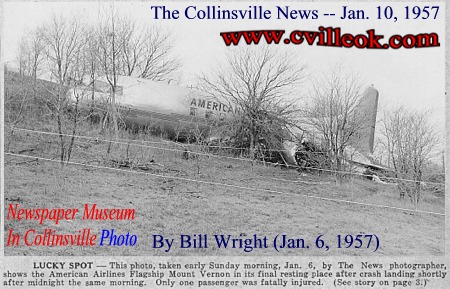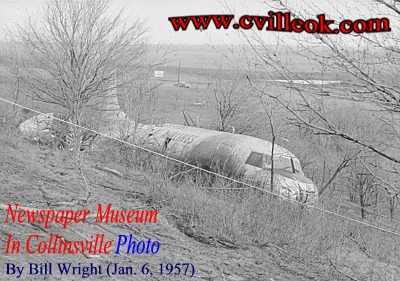Crash of a BAe 3101 Jetstream 31 in Joplin
Date & Time:
Dec 14, 1987 at 1358 LT
Registration:
N331PX
Survivors:
Yes
Schedule:
Memphis - Joplin
MSN:
700
YOM:
1986
Crew on board:
2
Crew fatalities:
Pax on board:
6
Pax fatalities:
Other fatalities:
Total fatalities:
0
Captain / Total hours on type:
414.00
Aircraft flight hours:
3470
Circumstances:
The captain stated that he had planned the approach at a higher-than-normal airspeed and altitude due to a reported low level windshear. At 400 feet agl the aircraft entered a light downdraft but the crew corrected the descent profile with power. At 200 feet agl the aircraft suddenly, according to the captain, pitched down before impacting the runway. Witnesses stated that the aircraft pitched down on short final, leveled off, then slammed onto the runway on all wheels. It then bounced, pitched down again and impacted the runway nose-first. A subsequent inspection, operational test, and teardown of the airplane's stall protection system found it to be functioning satisfactorily. The two powerplants also tested within normal parameters.
Probable cause:
Occurrence #1: loss of control - in flight
Phase of operation: approach - faf/outer marker to threshold (ifr)
Findings
1. (c) planned approach - improper - pilot in command
2. (c) compensation for wind conditions - inadequate - pilot in command
----------
Occurrence #2: hard landing
Phase of operation: landing - flare/touchdown
Findings
3. (c) flare - improper - pilot in command
4. Weather condition - windshear
5. Aborted landing - not performed - pilot in command
6. (f) recovery from bounced landing - improper - pilot in command
----------
Occurrence #3: complete gear collapsed
Phase of operation: landing - roll
Findings
7. (f) terrain condition - berm
Phase of operation: approach - faf/outer marker to threshold (ifr)
Findings
1. (c) planned approach - improper - pilot in command
2. (c) compensation for wind conditions - inadequate - pilot in command
----------
Occurrence #2: hard landing
Phase of operation: landing - flare/touchdown
Findings
3. (c) flare - improper - pilot in command
4. Weather condition - windshear
5. Aborted landing - not performed - pilot in command
6. (f) recovery from bounced landing - improper - pilot in command
----------
Occurrence #3: complete gear collapsed
Phase of operation: landing - roll
Findings
7. (f) terrain condition - berm
Final Report:




